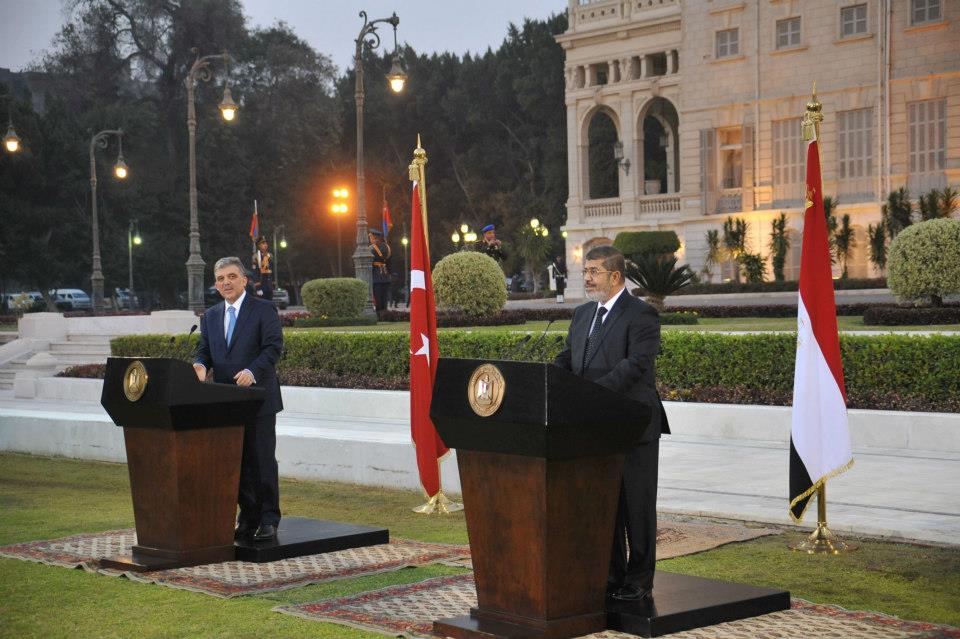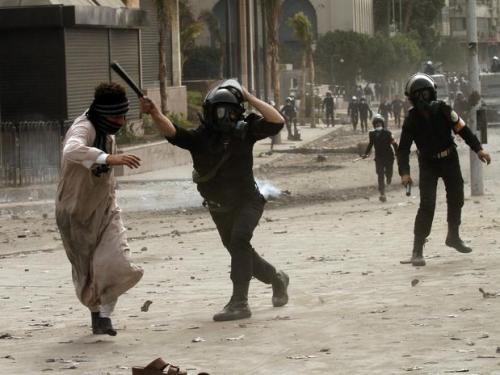Hamas has reached a preliminary agreement with US Middle East envoy Steve Witkoff on a framework for a potential ceasefire in Gaza, according to sources cited by the Qatari broadcaster Al Jazeera on Monday. The proposal outlines a 60-day halt to hostilities, a phased exchange of prisoners, and a partial withdrawal of Israeli forces from key areas of the Gaza Strip.
The agreement reportedly includes the release of ten Israeli hostages held by Hamas in two phases—five on the first day of the ceasefire, and five more on day sixty. In return, Israel would release an unspecified number of Palestinian prisoners, including individuals serving life sentences, and return the remains of deceased captives. The plan also features a mechanism to extend the ceasefire beyond the initial two-month period, with international mediators playing a monitoring role.
Sources claim that the deal is backed by US President Donald Trump, who has agreed to oversee the implementation of Israel’s phased withdrawal under terms negotiated earlier this year.
Meanwhile, the humanitarian toll in Gaza continues to rise. The Gaza Ministry of Health reported on Monday that 38 people were killed and 169 injured in the past 24 hours alone, excluding casualties from northern Gaza due to restricted access. Since the onset of hostilities on October 7, 2023, the death toll has reportedly climbed to 53,977, with 122,966 wounded.
In a separate report, Agence France-Presse quoted a Palestinian source familiar with the negotiations who confirmed that the proposed agreement includes Israeli withdrawal from strategic locations such as Salah al-Din Road, Netzarim Junction south of Gaza City, and the Morag axis north of Rafah. According to this version of the proposal, the ceasefire would last 70 days and involve the release of hundreds of Palestinian detainees.
A Palestinian official close to Hamas confirmed to Reuters that the group had accepted the proposal. The official added that indirect negotiations are expected to begin soon on a long-term truce and the formation of a community-based administrative committee to govern Gaza.
Despite diplomatic efforts, Israeli military operations intensified over the weekend. Airstrikes reportedly targeted the Fahmi Al-Jarjaoui School in Gaza City’s Al-Daraj neighborhood, resulting in multiple civilian casualties. Another strike hit a residential building near a refugee encampment on Al-Thawra Street, according to local health officials.
Amid the worsening humanitarian crisis, a new aid distribution plan backed by the Israeli military and U.S. forces is set to launch. Israeli daily Yedioth Ahronoth reported that four aid centers have been established between the Netzarim corridor—dividing northern and southern Gaza—and the northern end of the Morag axis. These centers aim to serve roughly one million displaced Palestinians in the Al-Mawasi region of southern Gaza.
The report says hundreds of US military personnel will provide security at the distribution points, supported by Israeli aerial surveillance. The system is intended to reduce Hamas’s influence over humanitarian aid flows.
The Israeli military is reportedly planning to expand the aid network into additional areas, including Rafah, where the IDF’s 36th Division is currently deployed. These areas have been described by Israeli officials as “cleansed of terrorism.”
Conflicting narratives continue to emerge from Israeli leadership. Shin Bet Director David Zini recently characterized the conflict as “an eternal war,” while IDF Chief of Staff Herzi Halevi told troops on Sunday that efforts are underway to bring the war to an end while achieving Israel’s strategic objectives.
Separately, an Israeli security delegation arrived in Cairo on Monday for high-level talks with Egyptian intelligence and other officials. Discussions are focused on finalizing a ceasefire framework, coordinating border management, and facilitating the delivery of humanitarian aid through the Rafah crossing, where large quantities of supplies remain stalled in northern Sinai.
On the battlefield, Hamas’s armed wing, the Al-Qassam Brigades, claimed responsibility for targeting two Israeli tanks in Beit Lahia on May 24 using locally produced “Yasin-105” shells, reportedly setting one tank on fire.


